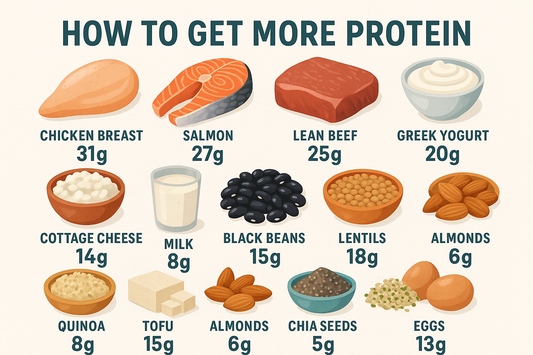The first note to remember when one thinks of incorporating resistance belts in one’s exercise routine is that it does both the resistance and assistance. Therefore, you do not require any other form of machinery or equipment.
What are resistance bands?
Resistance bands are basically a thick set of colourful elastic bands. Such bands are of different shapes and sizes. How they are designed, the exact thickness, and the different sizes vary from company to company. Though strictly speaking, the thicker a band is, the more resistance it is capable of. Though it has been noticed that generally the color of the band also indicates the range of elasticity the particular band is capable of.
To top it all, resistance bands are lightweight and do not require large amount of storage space.
Which resistance band to go for?
Resistance band are generally used depending on one’s weight, ability, and the kind of exercise they are about to do. One of the basic job of a resistance band is to make your pull ups easier. They can be used for both assistance or creating resistance.
Experts are of the opinion that one should opt for a resistance band that is challenging when it comes to daily or even general exercises so as to maintain the level of difficulty and resistance so to maintain and with time increase the exertion level. So the body can get more workout.
Resistance band levels and abilities
So as an experienced training instructor in resistance bands I have detailed the weights below below. The resistance level chart for you to understand your own level of resistance. This levels are for resistance bands with handles, other bands vary.
- Beginner - 5 lbs - 15 lbs
- Average -15 lbs to 25 lbs
- Intermediate - 25 lbs to 35 lbs
- Advanced - 35 lbs to 50 lbs
- Ultra Advanced - 50 lbs over
These levels are ideal for basic resistance band exercises like tricep kickbacks, Ideally its best to have a resistance bands set so you can train different levels of resistance for different exercises.
For example, when training arms exercise like bicep curls, I will attach more bands to the handles for as I find the resistance often too low for 1 band, so I add 2 or maybe 3 bands at a time to complete these exercises with maximum resistance.
For exercises focusing more on shoulders like lateral raises, I will reduce the weight for exercise as heavy resistance is too strong and my form will faultier when exercising, meaning I will need to reduce weight to make sure form stays correct throughout the exercise.
Alternatively you can use lower weights of resistance band for cardio improvement and rehabilitation exercises, if would want to improve the oxygen flow or condition the muscle after injury this can be an effective training method. The heavier bands are better for building strength.
How to inculcate a resistance band in one’s exercise?
Using a resistance band is like taking up the same exercises just with a touch more of resistance. Trainers usually are apprehensive and prefer not to use resistance bands because they are unaware of its true potential. It is poles apart from using a dumbbell, as with a dumbbell the muscles get release when uncurling the arm, whereas with the resistance band, the tension never releases the muscles and they are always working without break.
The initial pain can just be from the fact that your muscles are contracting in a manner that they are not used to.
What is your end goal?
The main part of any exercise is to create, increase, and maintain exertion. As much as the body gets the workout, the better. If you do not feel challenged by your exercise routine, there is not benefit remaining to it.
A great alternative:
Resistance bands are a great form of alternative devices (if you can call them that) to traditional weights. Instead of lifting weights one can actually use this particular band to act as a form of resistance, it is like a two in one deal.
Following are the most important and essential pointers that one should keep in mind when working out with resistance bands:
- You have to be certain that your exertion level is up to par. Your workout should show maximum effort and should provide your muscles a good amount of burn.
- Your efforts count. The more exertion you put, the more resistance the band will inculcate the more it will be better for you.
- You have to be absolutely sure that the resistance belt you have chosen is the best one for you and your routine. The elasticity has to be perfect. A bot more or a bit less will not cut it.
Following is the list of a handful and some workout routines that you can follow if you have opted for resistance belts:
- Resistance band leg training
- Fire hydrant
- Bicycles
- Lateral band walk
- Superwomen press
- Resisted pushup
- Skater squat
- Standing calf rate
- Seated row










